Do I Need A Vapor Barrier In My Crawl Space?
A crawl space has its purpose. However, it’s also a source of various troubles such as mold growth. That is why you will often hear people say they are installing a vapor barrier. But is it necessary for you?
Do I need a vapor barrier in my crawl space? Yes! You need a vapor barrier in your crawl space if:
- You live in a cooler, humid climate,
- You’ve noticed signs of moisture damage,
- Crawl space humidity is over 60%,
- The floor is made of wood,
- Ductwork is in the crawl space, and
- You want a conditioned crawl space.
You’ll need to evaluate your particular climate and moisture levels in the crawl space to determine if a vapor barrier makes sense for you. So, before sealing up your crawl space floor, it’s crucial to determine if a vapor barrier is necessary and, if so, how best to apply it.
Things to Consider When Deciding Whether You Need a Vapor Barrier in Your Crawl Space or Not
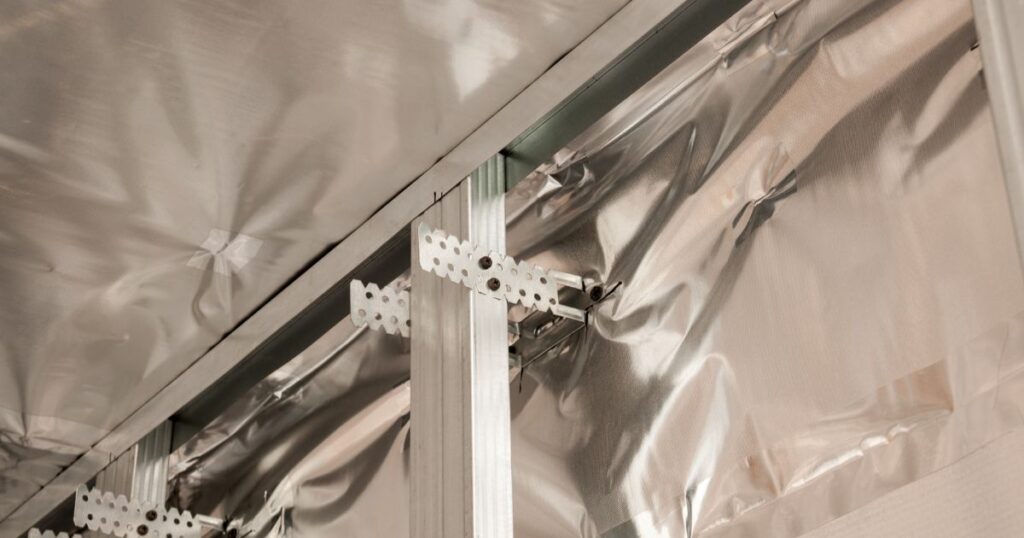
A vapor barrier is an expense that most people overlook and assume it is not necessary. Some experts will recommend it while others may not. But what most people doesn’t realize is that it is its necessity depend on many factors not just cost. Here are the many factors that will help you decide if you need a vapor barrier in your crawl space:
Level of Moisture or Humidity in the Crawl Space
In areas with abundant rainfall or seasonal flooding, soils with higher clay content tend to retain more moisture. This means the soil below the crawl space remains relatively soggy, releasing more water vapor into the room. A vapor barrier prevents this excess moisture transfer. Sandy, well-drained soils permit more airflow and release less moisture, needing less vapor barrier protection.
Ventilation Available
Ventilation, including vents, pumps, fans, and airflow paths, help control moisture and humidity levels in an otherwise stagnant crawl space environment. Well-ventilated crawl spaces may not require as heavy-duty a vapor barrier since available airflow reduces moisture buildup. Poorly ventilated crawl spaces see moisture accumulate more easily, needing a vapor barrier to prevent issues.
Type of Enclosure
The more airtight and tightly sealed a crawl space remains after construction, the more critical an effective vapor barrier becomes. Bamboo, steel, and vinyl crawl space enclosure materials form a tighter air seal than wood lattice or leave the space open. These tighter enclosures trap more moisture inside without a vapor barrier to release it, requiring one for control.
Age and Condition of the Home
Older homes, especially those over 50-100 years old, likely do not have an existing vapor barrier under the crawl space. Newer homes, especially those built in the past 2-3 decades, typically include some moisture barrier to meet modern construction standards. The age and condition of the home help determine if adding a vapor barrier to an existing crawl space would benefit the home.
Geographical Location
Areas with a humid climate, located in valleys, or with proximity to large bodies of water tend to see higher soil moisture and humidity levels, especially seasonally. Colder climates also often retain more moisture in the soil. These locations frequently benefit more from a vapor barrier to control excess moisture transmission into the crawl space. Drier, hotter, or inland climates typically require less extensive moisture prevention.
Types of Soil and Subsurface Materials
Clay soils, silts, limestone, and shale below the crawl space allow more moisture penetration than sand, gravel, or bedrock. Island fill or consolidating soil also tends to stay soggy, releasing more water vapor which requires a barrier. Well-drained, sandy, or rocky subsurface materials typically allow more airflow and release less moisture, needing less vapor barrier protection.
Presence of Moisture Damage or Musty Conditions
Signs of water damage, leaks, wood rot, mold, or musty smells in the crawl space clearly indicate excess moisture has already become an issue that needs remedying. A vapor barrier would be essential for preventing further damage in this case. No visible signs of excess moisture issues may not require as heavy of a solution, but humidity level checks are still advised.
Rudimentary Moisture Checks
Performing basic checks, like measuring humidity levels within the crawl space, helps determine if a vapor barrier is needed. Consistently high humidity, especially over 70% relative humidity, suggests excess moisture is entering the space. Lower, stable humidity readings indicate moisture is relatively well-controlled without a barrier.
Structural Integrity Checks
Checking wood components like joists, posts, beams, and the crawl space floor for signs of bowing, buckling, rot, or damage indicates if excess moisture has weakened the structure. Visible damage or inadequate structural integrity due to excess moisture requires installing a vapor barrier or other solution to prevent failure or collapse. The absence of damage may not necessitate a barrier, but humidity testing is still advised.
Budget and Cost-Effectiveness
While the need for a vapor barrier depends primarily on the factors related to moisture in and around the crawl space, budget and cost-effectiveness also determine if the installation can be justified. Basic plastic sheeting barriers provide an affordable solution, but more heavy-duty barriers, drainage systems, or pumps may be cost-prohibitive for some homeowners. Performing checks to determine if lesser solutions could adequately control excess moisture helps ensure recommendations match budget constraints.
Why Install Vapor Barrier In My Crawl Space
A vapor barrier is an effective moisture barrier that prevents water vapor from the soil below from entering your crawl space. Without a vapor barrier, moisture and humidity can accumulate in the crawl space. This leads to damage to the structural elements like wood, insulation, and HVAC ducts. Here are the benefits of installing a vapor barrier in your crawl space:
1. Prevents Wood Rot and Mold Growth
Installing a vapor barrier helps maintain a healthy indoor environment by controlling excess moisture. Excessive moisture in the crawl space causes wood rot, mold, and mildew on wood structures like beams, joists, piers, and the crawl space walls and floor. A vapor barrier creates an airtight seal that blocks water vapor and helps wood last longer. Untreated moisture damage can become severe and expensive to repair or replace rotted wood components.
2. Improves Energy Efficiency
When moisture penetrates the crawl space, it reduces the effectiveness of insulation. That can, in return, lead to higher heating and cooling bills. A vapor barrier is an additional air barrier to keep heat and AC in the living space above. Sealing air leaks and moisture ensures all the energy you pay for is used efficiently and not lost to the elements.
3. Increase Home Value
Installing a vapor barrier in your crawl space can help increase the value of your home. A properly sealed crawl space free of moisture damage and mold is appealing to potential buyers. The vapor barrier prevents moisture from seeping into the floor joists and structure, keeping materials from deteriorating. This helps maintain the structural integrity of your home and preserves the condition of mechanical systems like HVAC ducts and plumbing in the crawl space. Potential buyers will see this as a sign of an adequately maintained home and may offer a higher price as a result.
4. Reduces Moisture Issues
A vapor barrier is highly effective at stopping moisture from permeating up through the floor of your crawl space. Moisture trapped in the crawl space can lead to mold, rot, and damage to structural framing members. The vapor barrier acts as an airtight seal that blocks moisture from the ground outside. This helps keep the relative humidity in the crawl space at an acceptable level, reducing the risk of moisture-related issues that can be costly to remedy. The vapor barrier also keeps moisture from condensing on cold surfaces in the crawl space during times of high interior humidity.
5. Increases Perception of Quality
To potential buyers and appraisers, a well-sealed and insulated crawl space with a vapor barrier demonstrates a higher level of quality in the home’s construction. It shows the original builder or past owners took the extra steps to properly waterproof and prepare the crawl space environment. This perception of quality can positively impact valuations and offer prices. Homeowners also often report an increased feeling of comfort and quality simply from knowing their crawl space is protected from moisture and ambient air transfer.
6. Reduces Maintenance Costs
Long-term, a crawl space vapor barrier can help reduce maintenance costs associated with moisture issues. Without a vapor barrier, moisture-related problems like mold, corrosion, and structural rot are more common and require repairs. By blocking moisture at its source, a vapor barrier helps avoid costly issues down the road related to water damage, HVAC repairs, and structural remediation. Over the lifespan of a home, the initial investment in a properly installed vapor barrier often pays for itself through avoided maintenance expenses.
7. Peace of Mind
Installing a vapor barrier under your home gives you peace of mind, knowing your structural foundation and living space are adequately protected from excess moisture damage. It is an affordable investment that can save you time, money, and headaches down the road. With a quality vapor barrier, you won’t have to worry about high humidity, mold detection, or other moisture-related issues cropping up over time.
Check out:
Frequently Asked Questions (FAQs)
What is the purpose of a concrete vapor barrier?
The purpose of a concrete vapor barrier is to prevent moisture from the ground or the surrounding environment from entering the concrete slab or flooring system. It also prevents water vapor from escaping the concrete slab and causing damage to other building materials.
How thick should a concrete vapor barrier be?
Typically, the American Concrete Institute’s Guide for Concrete Floor and Slab Construction recommends that the thickness of the vapor retarder be at least 10 mils. However, some applications may require a thicker barrier of up to 30 mils.
Conclusion
Installing a vapor barrier in your crawl space is critical in protecting your home from excess moisture and humidity. It can help protect the structural components of your home, improve energy efficiency, and give you peace of mind.
When deciding if a vapor barrier is necessary, consider factors like moisture levels in the soil, availability of proper ventilation, type of enclosure, age and condition of the home, geographical location, purpose and use of the crawl space, types of soil, and subsurface materials, and presence of moisture damage or musty conditions.
Performing essential moisture and structural integrity checks and considering budget and cost-effectiveness can help determine if a vapor barrier is necessary and what type of barrier is best for your home.

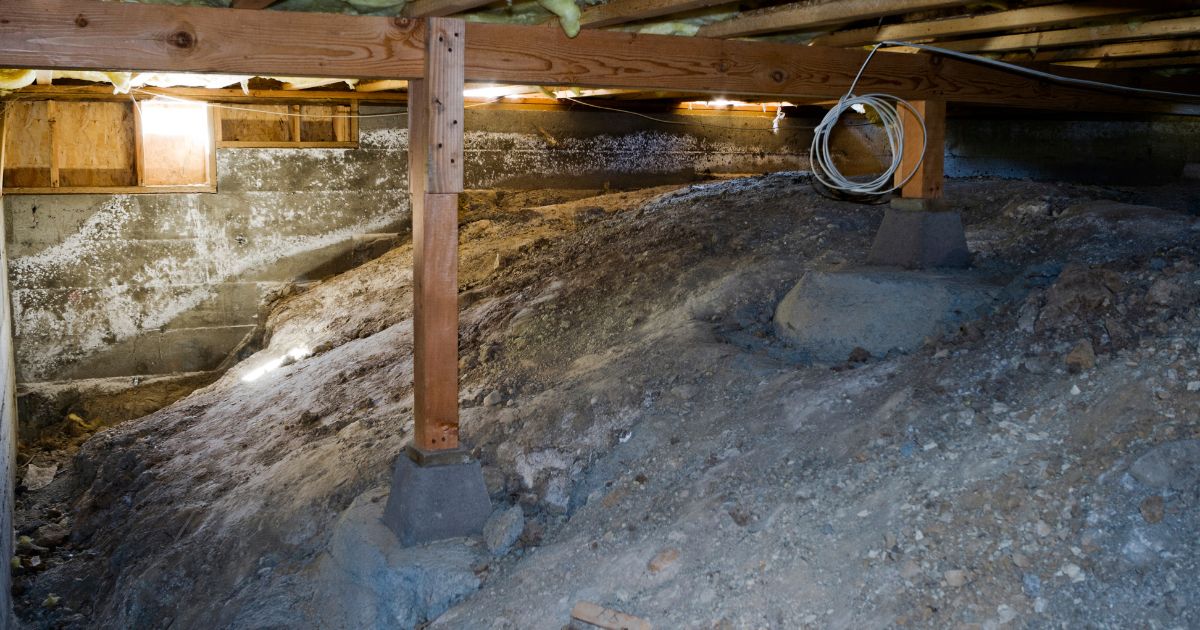
![What Could Be Making Noise in My Ceiling? [Possible Causes and Fixes]](https://www.homeimprovementdock.com/wp-content/uploads/2022/11/Possible-Reasons-and-Solutions-of-Noise-in-the-Attic-or-Ceiling-768x512.jpg)
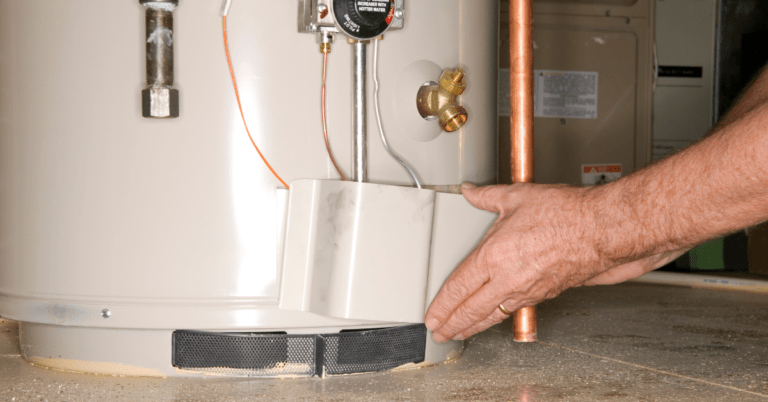
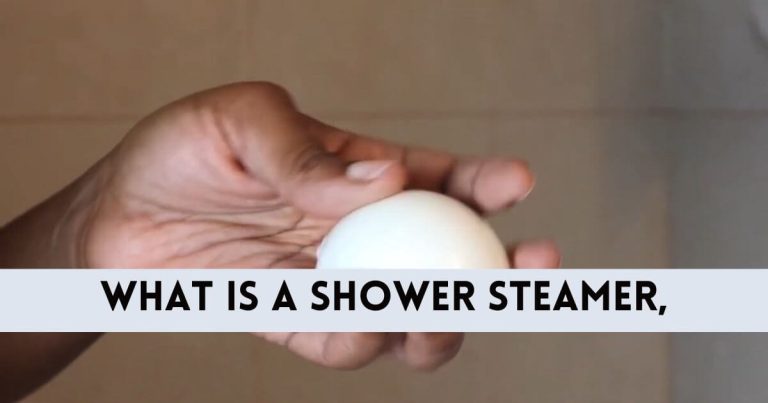
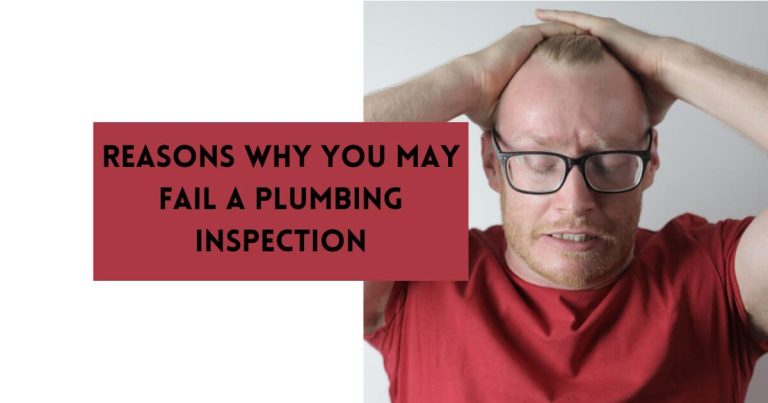
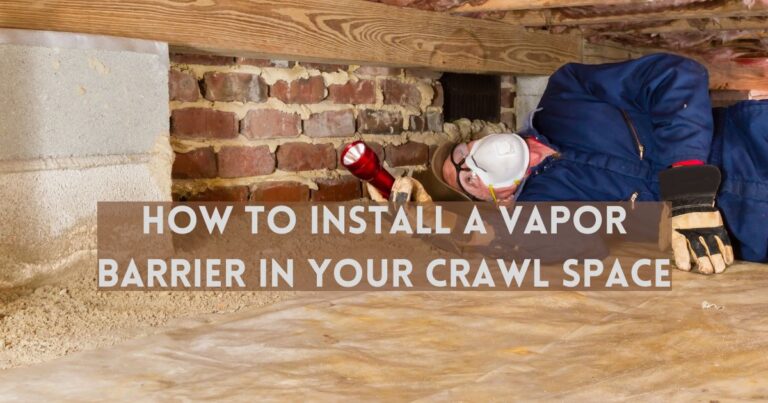
![How Much Does Crawl Space Vapor Barrier Cost? [Answered]](https://www.homeimprovementdock.com/wp-content/uploads/2023/08/How-Much-Does-It-Cost-To-Install-Vapor-Barrier-In-Crawl-Space-Answered-2-768x403.jpg)